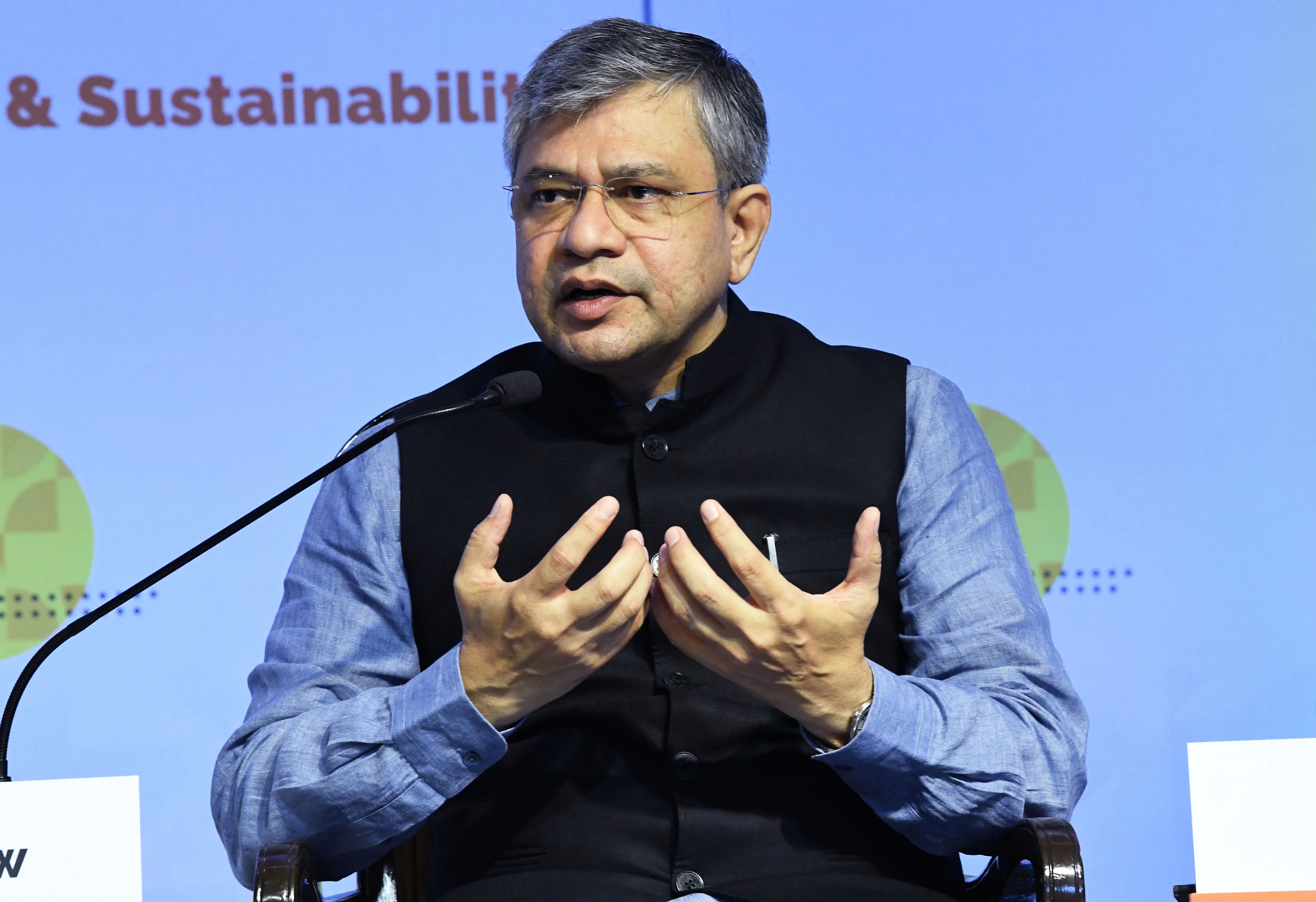Exploring the Difference Between Unified Pension Scheme, NPS, and OPS

The Difference Between UPS, NPS, and OPS Explained
The Unified Pension Scheme (UPS) is a new initiative introduced to address the shortcomings of the National Pension System (NPS) and the Old Pension Scheme (OPS). As announced by Union Information and Broadcasting Minister Ashwini Vaishnaw, the UPS will provide significant benefits to 23 lakh central government employees currently under the NPS, offering more stability and security for retirees.
Key Features of Pension Schemes
- Unified Pension Scheme (UPS): Offers guaranteed returns, catering primarily to the central government workforce.
- National Pension System (NPS): A market-linked retirement savings scheme that involves higher risks and returns.
- Old Pension Scheme (OPS): Provides a fixed pension based on the last drawn salary, ensuring financial predictability.
Benefits Breakdown
- Stability: UPS ensures retirees have financial security beyond their working years.
- Flexibility: NPS allows for voluntary contributions, impacting the retirement corpus based on market performance.
- Transparency: OPS's benefits depend on government budgeting and fiscal policies, making it less predictable.
This article was prepared using information from open sources in accordance with the principles of Ethical Policy. The editorial team is not responsible for absolute accuracy, as it relies on data from the sources referenced.